Advancements in Drilling for Injection Wells
With growing environmental concerns and a push for more sustainable methods, the oil and gas industry has been working to innovate and improve procedures, such as injection well drilling. These wells are vital in a variety of operations, including enhanced oil recovery (EOR), carbon capture and storage (CCS), and wastewater disposal. In this article, we explore the recent advancements in drilling technologies for injection wells and how simulation technology used in drilling for injection wells, highlighting their contributions to efficiency, sustainability, and environmental stewardship.
What are Injection Wells
This chart provides a brief overview of injection wells, including their purpose, kinds, operations, subsurface and environmental implications, regulatory framework, and safety precautions.
| Aspect | Description |
| Purpose | Designed for the injection of fluids into the subsurface for various purposes. |
| Types | Water Injection Wells: Used for waterflooding in enhanced oil recovery (EOR) operations. |
| Carbon Capture and Storage (CCS) Wells: Inject CO2 underground for long-term storage. | |
| Wastewater Disposal Wells: Used to dispose of produced water and other fluids from operations. | |
| Operations | Injection of water, CO2, chemicals, or other fluids into porous formations. |
| Enhancing oil recovery by maintaining reservoir pressure or displacing oil towards production wells. | |
| Storing captured CO2 underground to mitigate greenhouse gas emissions. | |
| Disposal of produced water and other fluids to prevent surface contamination. | |
| Subsurface Impact | Influences fluid movement and pressure within the reservoir. |
| Can affect the geological integrity and stability of the subsurface formations. | |
| Environmental Impact | Risk of fluid migration and contamination if not properly managed. |
| Potential induced seismicity in certain cases, particularly with wastewater disposal. | |
| Regulatory Framework | Subject to stringent regulations to ensure safe operation and environmental protection. |
| Compliance with permits and monitoring requirements is essential. | |
| Regular inspections and reporting to regulatory authorities are mandatory. | |
| Safety Measures | Well integrity monitoring to detect leaks or failures. |
| Pressure monitoring and control to prevent overpressurization. | |
| Emergency response plans in place to address any incidents. |
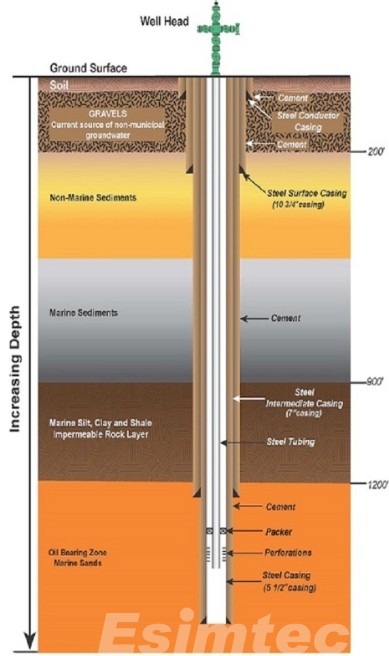
Advanced Drilling Technologies for Injection Wells
Recent years have witnessed significant advancements in drilling technologies aimed at enhancing the efficiency and effectiveness of injection well operations.
1. Directional Drilling Techniques
Directional drilling enables operators to hit reservoir targets with higher precision and accuracy. This technology reduces the number of surface drilling locations necessary while increasing reservoir contact for improved fluid injection or extraction, lowering the environmental impact.
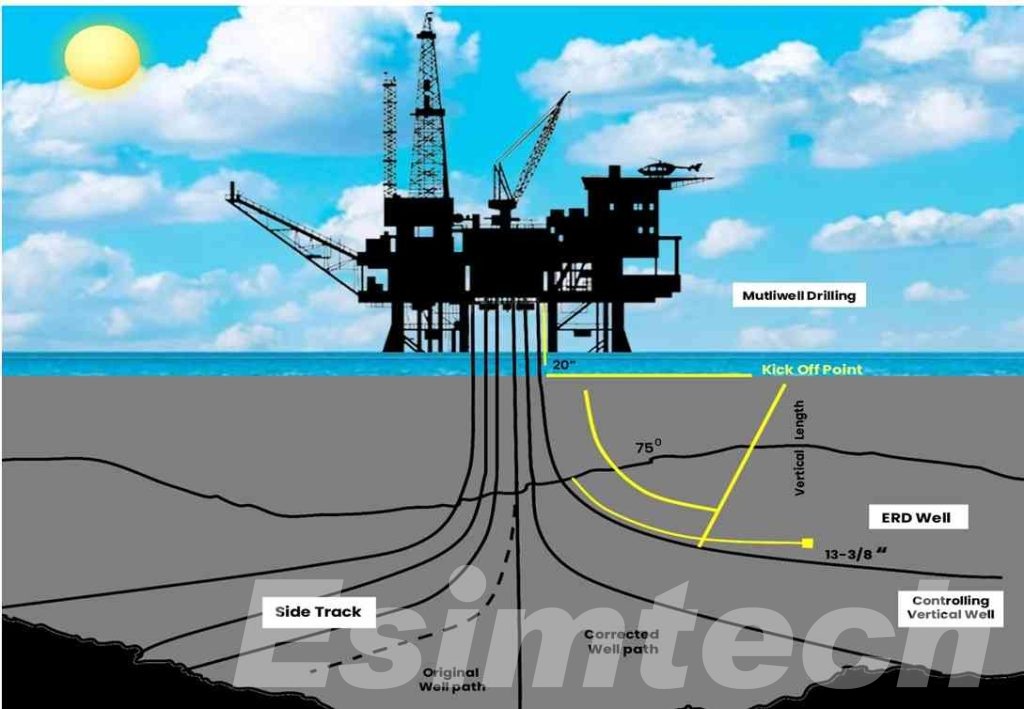
2. Extended Reach Drilling (ERD)
Extended reach drilling techniques allow operators to reach remote reservoirs from a single drilling location. By extending the lateral reach of wells, ERD facilitates efficient injection operations while minimizing surface disturbance and environmental impact.
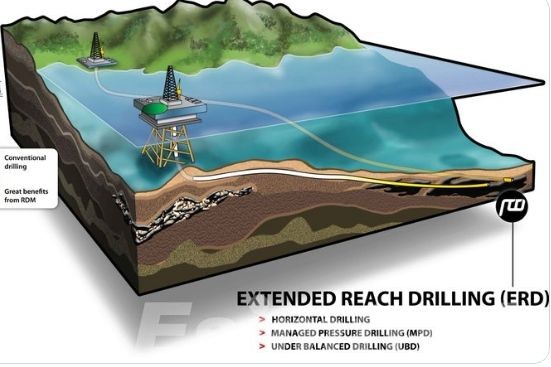
3. Managed Pressure Drilling (MPD)
Managed Pressure Drilling techniques offer precise control over wellbore pressure, enhancing drilling safety and efficiency, particularly in challenging formations or high-pressure environments. By maintaining optimal pressure conditions, MPD reduces the risk of formation damage and enhances wellbore stability during injection operations.
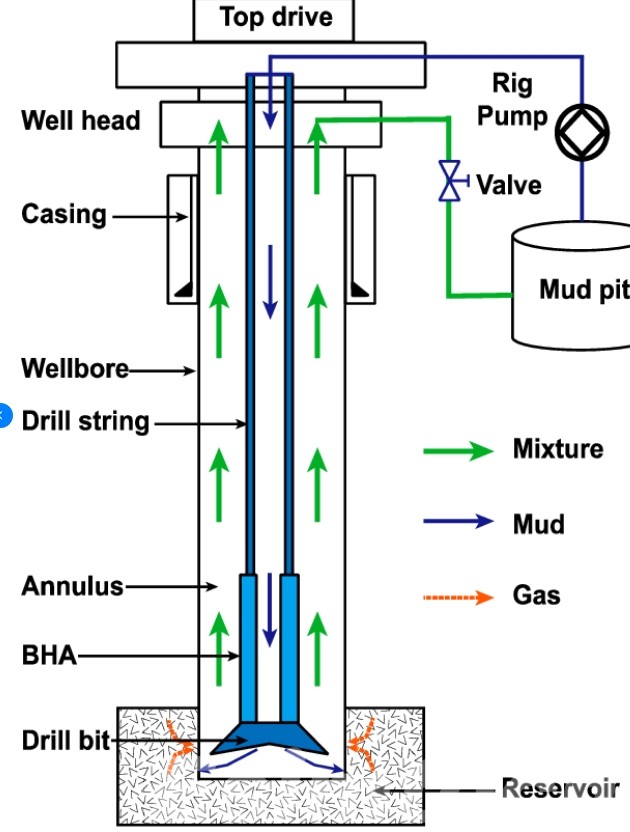
4. Automated Drilling Systems
Automation technologies improve drilling efficiency by combining real-time data analytics, predictive modeling, and autonomous control systems. These technologies optimize drilling parameters, improve decision-making processes, and increase overall efficiency while minimizing human error and operational dangers.
5. Advanced Drilling Fluids and Additives
Drilling fluid and additive innovations have resulted in the creation of ecologically friendly formulations that improve lubricity, thermal stability, and filtration. These enhanced fluids reduce formation damage, increase wellbore stability, and improve overall drilling performance during injection well building.
Benefits and Implications of Advanced Drilling Technologies for Injection Wells
| Aspect | Explanation |
| 1. Increased Efficiency | Utilization of advanced drilling technologies such as rotary steerable systems and managed pressure drilling enhances drilling efficiency, reducing overall drilling time and costs for injection wells. |
| 2. Improved Well Placement | Advanced drilling techniques enable precise wellbore placement, allowing for optimal positioning of injection wells in reservoir formations to maximize fluid injection and enhance production. |
| 3. Enhanced Reservoir Contact | Directional drilling technologies facilitate increased reservoir contact, enabling injection wells to access a larger volume of the reservoir and improve fluid distribution for enhanced oil recovery (EOR) operations. |
| 4. Minimized Environmental Impact | Adoption of advanced drilling technologies results in a reduced environmental footprint by minimizing surface disturbance, mitigating habitat disruption, and lowering emissions associated with drilling operations for injection wells. |
| 5. Enhanced Safety | Implementation of advanced drilling technologies improves safety performance by reducing the risk of wellbore instability, blowouts, and other drilling-related incidents, ensuring safer operations for personnel and the environment. |
| 6. Optimal Injection Rates | Advanced drilling technologies enable precise control over injection rates and pressures, optimizing fluid injection processes and reservoir management strategies for improved production efficiency and reservoir performance. |
| 7. Long-Term Well Integrity | Utilization of advanced drilling techniques and technologies contributes to the long-term integrity and reliability of injection wells by minimizing formation damage, reducing casing wear, and enhancing zonal isolation to prevent fluid migration. |
| 8. Regulatory Compliance | The adoption of advanced drilling technologies ensures compliance with stringent regulatory requirements and industry standards governing drilling operations for injection wells, reducing the risk of regulatory violations and associated penalties. |
How Simulation Technology Used in Drilling for Injection Wells
1. Reservoir Modeling
Engineers use simulation software to generate detailed models of underground reservoirs that include geological data, fluid parameters, and reservoir characteristics. These models simulate the behavior of injected fluids in the reservoir, predicting fluid flow, pressure changes, and reservoir performance over time.
2. Wellbore Design and Planning
Oil and gas simulation tools assist in the design and planning of injection wellbores, optimizing well trajectories, casing programs, and drilling parameters to maximize reservoir contact and injection efficiency. By simulating various drilling scenarios, engineers can identify the most cost-effective and technically feasible options while minimizing risks such as wellbore instability or formation damage.
3. Drilling Dynamics Simulation
Advanced simulation software models drilling dynamics, including bit-rock interaction, downhole vibrations, and torque and drag effects. By simulating these factors in real-time, drilling engineers can optimize drilling parameters such as weight on bit, rotary speed, and mud properties to improve drilling efficiency and reduce wear and tear on drilling equipment.
4. Managed Pressure Drilling (MPD) Optimization
Simulation technology plays a key role in optimizing managed pressure drilling (MPD) operations for injection wells. By modeling downhole pressures, flow rates, and wellbore conditions, engineers can predict and control wellbore pressure dynamics in real time, enhancing drilling safety and efficiency, particularly in challenging formations or high-pressure environments.
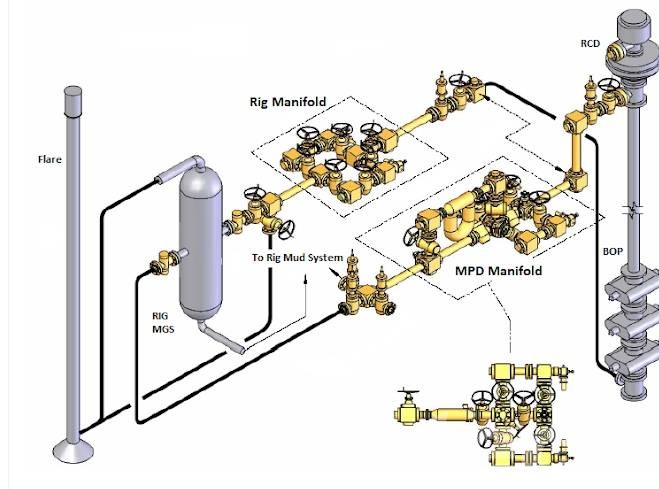
5. Real-Time Monitoring and Control
Drilling and well control simulators are equipped with real-time data acquisition systems to monitor drilling parameters, wellbore conditions, and reservoir responses during injection well drilling operations. By integrating sensor data with simulation models, drilling engineers can make informed decisions in real-time, optimizing drilling performance and mitigating operational risks.
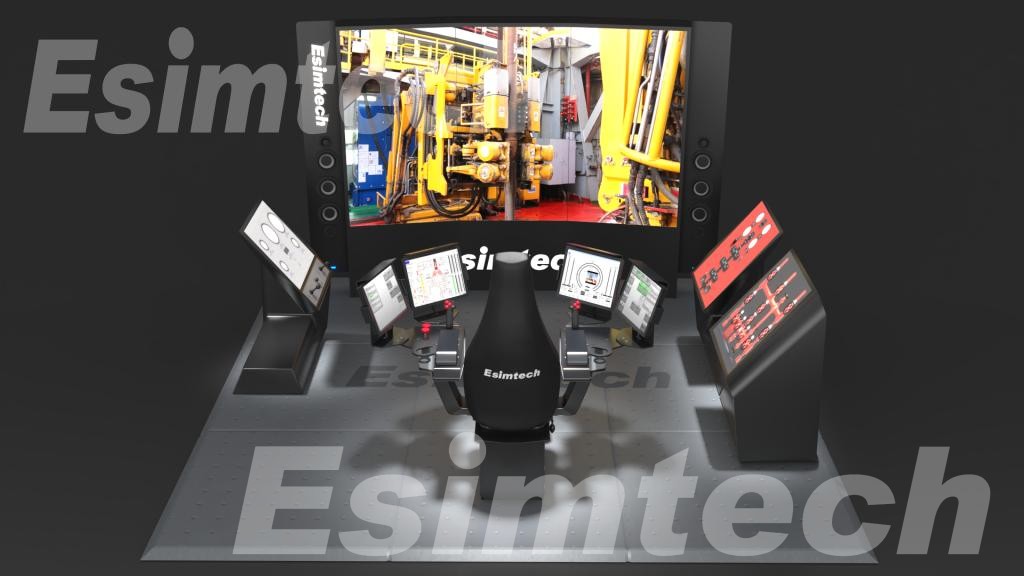
6. Risk Assessment and Mitigation
Engineers can use simulation technology to analyze risk and evaluate potential drilling risks such as wellbore instability, fluid loss, and formation damage. Engineers can ensure safe and efficient drilling operations by modeling various drilling scenarios and identifying potential dangers.
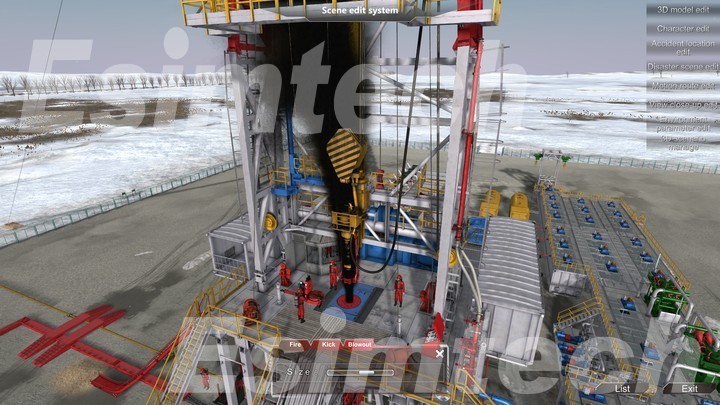
7. Training and Education
Simulation software is also used for training and educating drilling personnel, providing realistic drilling scenarios and interactive simulations to enhance competency and decision-making skills. By simulating drilling operations in a virtual environment, personnel can gain valuable experience and proficiency without the need for real-world drilling rigs or equipment.
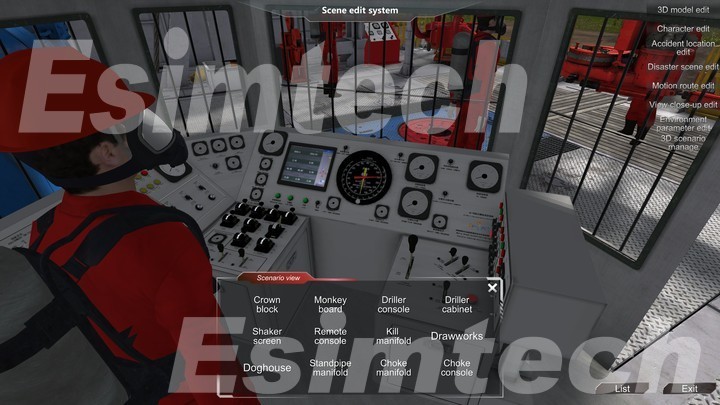
Conclusion
Advancements in drilling technologies for injection wells are driving innovation, efficiency, and sustainability in the oil and gas industry while reducing environmental impact and increasing resource recovery. Simulation technology is critical to optimizing drilling operations for injection wells. As the industry evolves, these innovations will have a significant impact on the future of injection well development and the transition to a more sustainable energy landscape.
